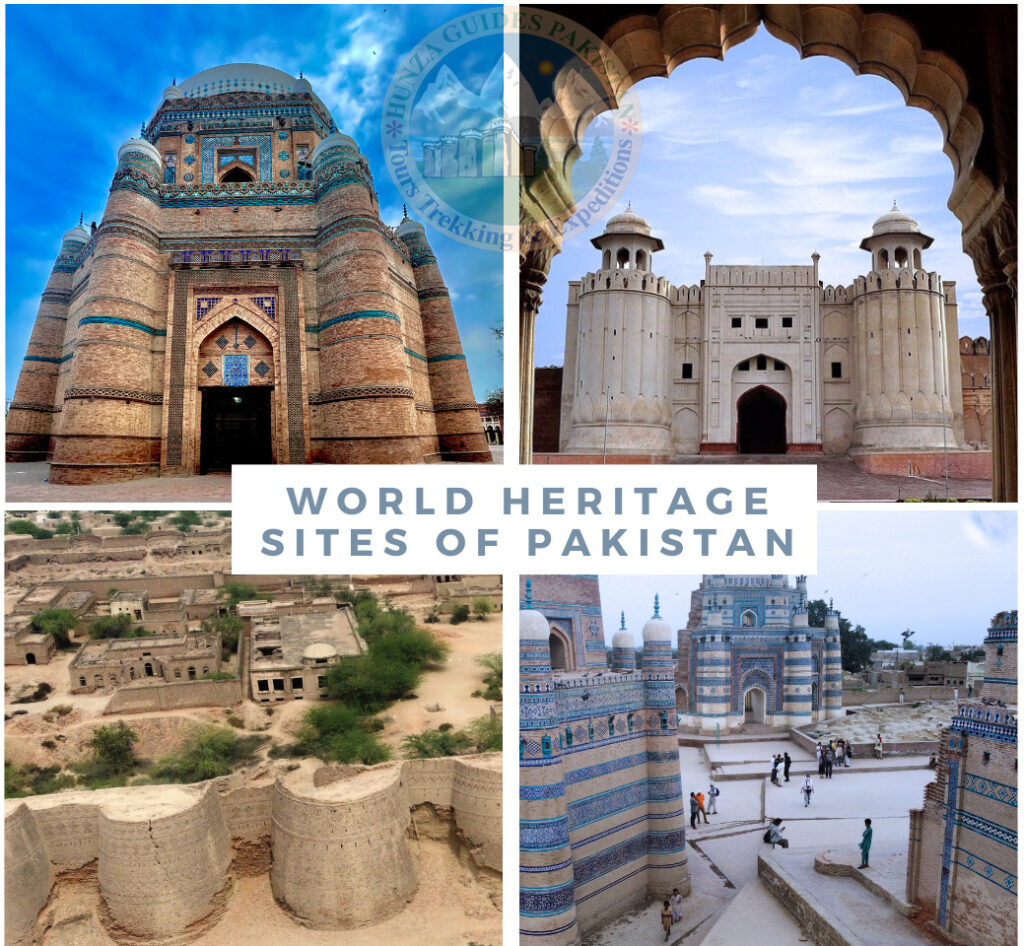
UNESCO World Heritage Sites Pakistan (12 Days Tour)
Day by day itinerary of UNESCO World Heritage Sites Pakistan
Day-01: Karachi
- Sites: Karachi Museum, Mazar-e-Quaid, Empress Market, Clifton Beach, Mohatta Palace.
- Highlight: Mohatta Palace, built in 1927 by Rai Bahadur Seth Shivratan Mohatta, is an impressive Mughal revival style structure.
Day-02: Hyderabad
- Sites: Hyderabad, Makli Necropolis, Chaukhandi Tombs, Keenjhar Lake, Shah Jahan Mosque.
- Highlight: The Makli Necropolis, a UNESCO World Heritage Site, is one of the largest necropolises in the world, featuring tombs from the 14th century.
Day-03: Larkana
- Sites: Lal Shahbaz Qalandar, Sehwan Sharif.
- Highlight: The Shrine of Lal Shahbaz Qalandar, a significant pilgrimage site, draws up to a million visitors annually.
Day-04: Mohenjo-Daro and Sukkur
- Sites: Mohenjo-Daro, Kot Diji, Sukkur Barrage, Indus blind Dolphin, Seven Sisters Tomb.
- Highlight: Mohenjo-Daro, a major center of the Indus Valley Civilization, showcases advanced urban planning and infrastructure.
Day-05: Bahawalpur
- Sites: Uch Sharif, Tomb of Bibi Jawindi, Bahawalpur Museum.
- Highlight: Uch Sharif is home to historic shrines and intricate tile work, reflecting the region’s rich heritage.
Day-06: Cholistan Desert
- Sites: Derawar Fort.
- Highlight: Derawar Fort, originally built in the 9th century, is a testament to the region’s historical significance and architectural prowess.
Day-07: Multan
- Sites: Noor Mahal, Tomb of Shah Rukn-e-Alam, Fort Kohna, Qasim Garden, Tomb of Shah Shams Sabzwari Tabrez.
- Highlight: The Tomb of Shah Rukn-e-Alam, an architectural marvel, is a significant Sufi shrine in Punjab.
Day-08: Harappa
- Sites: Harappa sites, Harappa Museum.
- Highlight: Harappa, another key site of the Indus Valley Civilization, offers insights into one of the world’s earliest urban cultures.
Day-09: Lahore
- Sites: Badshahi Mosque, Lahore Fort, Wazir Khan Mosque, Shahi Hammam, Lahore Museum, Shalimar Garden, Wagah Border flag ceremony.
- Highlight: The Lahore Fort, a UNESCO World Heritage Site, reflects the zenith of Mughal architecture and artistry.
Day-10: Rohtas Fort and Islamabad
- Sites: Rohtas Fort.
- Highlight: Rohtas Fort, built in the 16th century, is a masterpiece of Islamic military architecture.
Day-11: Taxila and Islamabad
- Sites: Taxila Museum, Julian, Sirkup, Pakistan Monument, Shah Faisal Mosque, Daman-e-Koh.
- Highlight: Taxila, a UNESCO World Heritage Site, is a significant center of ancient learning and Gandhara art.
Day-12: Departure
- Activity: Fly back home.
Detailed Highlights of Sites
Mohatta Palace
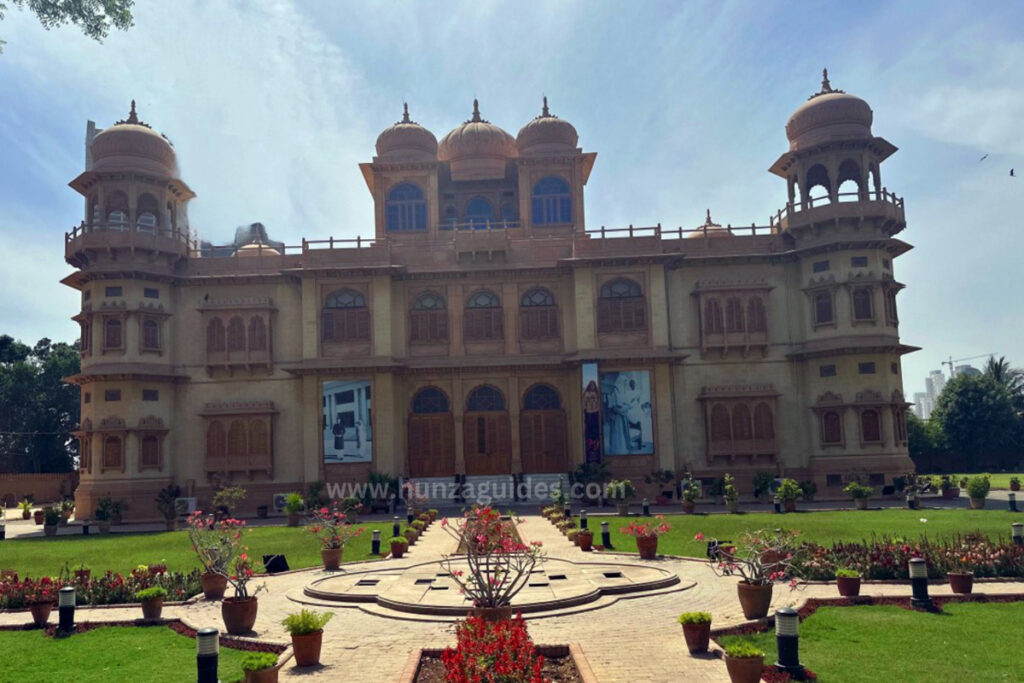
Built in 1927 by Rai Bahadur Seth Shivratan Mohatta, Mohatta Palace in Karachi is a stunning example of Mughal revival architecture. Designed by Ahmed Hussein Agha, it features a combination of yellow Gizri stone and pink Jodhpur stone, with domes, spandrels, and balustrades reflecting the grandeur of Anglo-Mughal palaces.
Chaukhandi Tombs

The Chaukhandi tombs, located near Karachi, are renowned for their intricate sandstone carvings, marking an early Islamic cemetery.
Makli Necropolis

Makli Necropolis, a UNESCO World Heritage Site, spans several square kilometers and includes hundreds of thousands of tombs and mausoleums dating back to the 14th century. It is a testament to the region’s rich cultural and architectural heritage, blending Islamic, Persian, and local styles.
Shah Jahan Mosque
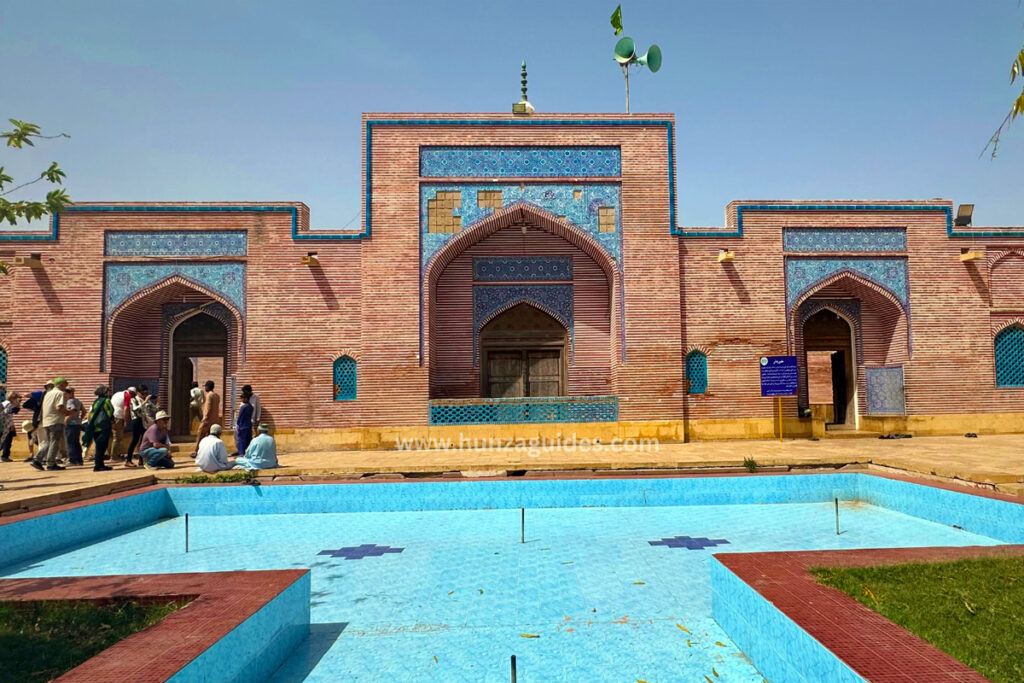
Built during the reign of Mughal Emperor Shah Jahan in the 17th century, the Shah Jahan Mosque is known for its elaborate tile work and intricate design, representing a fusion of Mughal, Persian, and Sindhi architectural styles.
Mohenjo-Daro
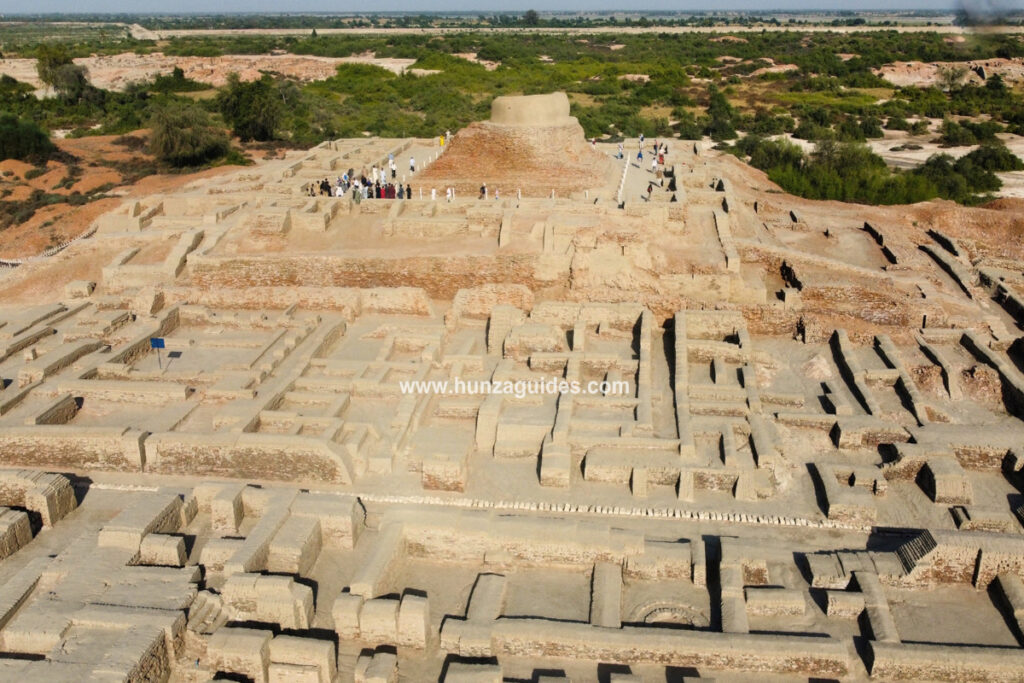
Mohenjo-Daro, an ancient city of the Indus Valley Civilization, showcases advanced urban planning, including a sophisticated sewage system and public baths. It highlights the transition from the Stone Age to the Bronze Age.
Uch Sharif

Uch Sharif is known for its shrines dedicated to Muslim mystics, adorned with extensive tile work and reflecting the distinctive architecture of southern Punjab.
Derawar Fort

Initially built in the 9th century, Derawar Fort has a rich history, with its present form dating back to 1732. It stands as a significant historical monument in the Cholistan Desert.
Shah Rukn-e-Alam's Tomb

Located in Multan, the tomb of Shah Rukn-e-Alam is a significant Sufi shrine and an architectural marvel, reflecting the cultural heritage of the region.
Lahore Fort
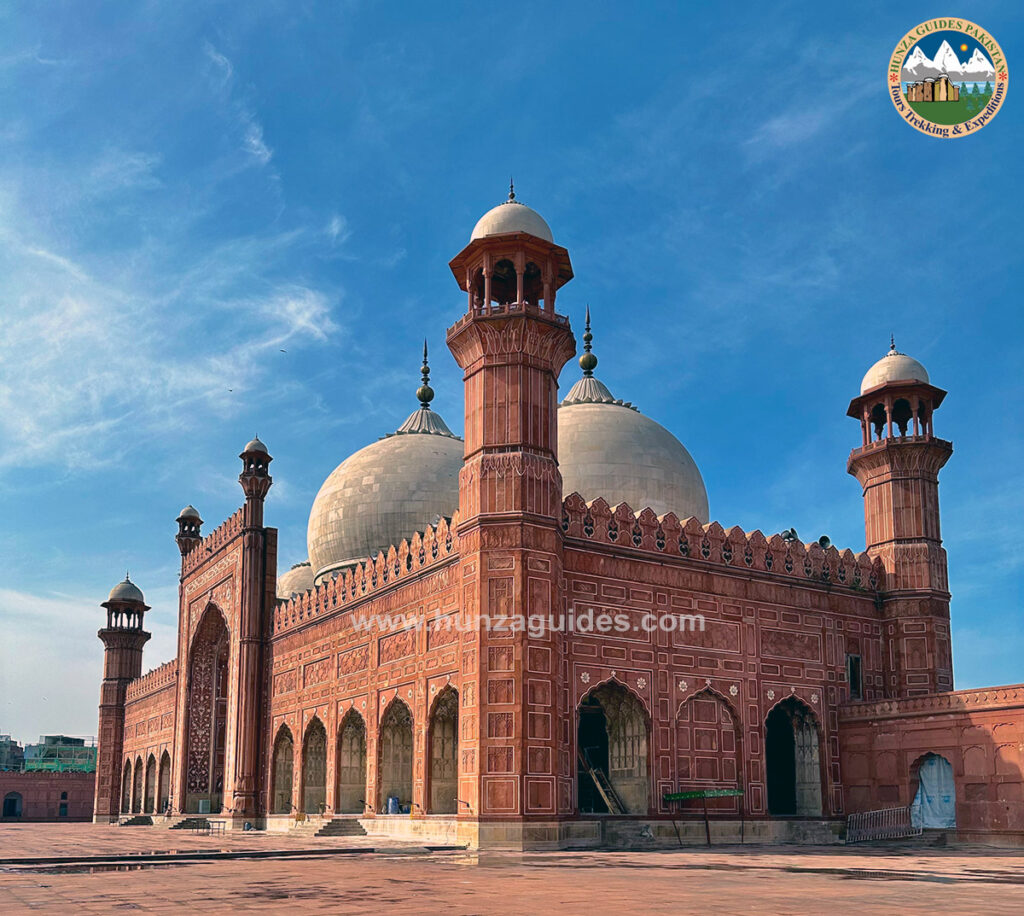
Lahore Fort, a UNESCO World Heritage Site, dates back to the 11th century and showcases the architectural prowess of the Mughal Empire.
Taxila
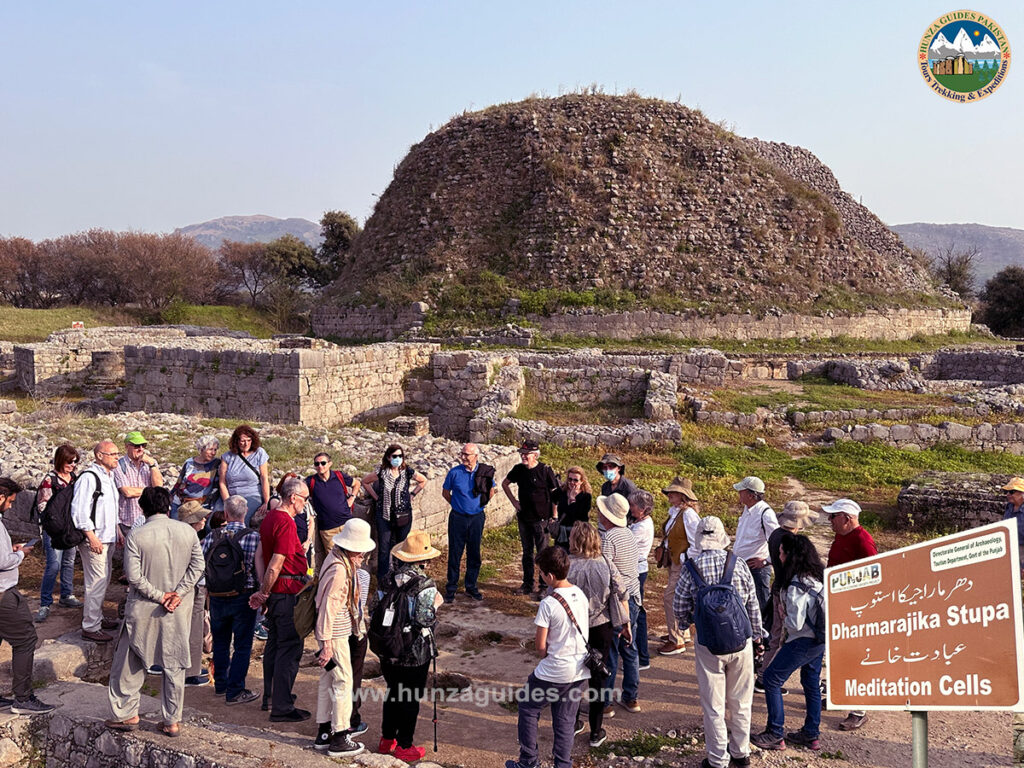
Taxila, a center of ancient learning and Gandhara art, is home to numerous archaeological sites, including Jaulian and Sirkap, and the Taxila Museum.
To Book UNESCO World Heritage Sites Pakistan (12 Days Tour) please send us an email info@hunzaguides.com or click on the below link:
